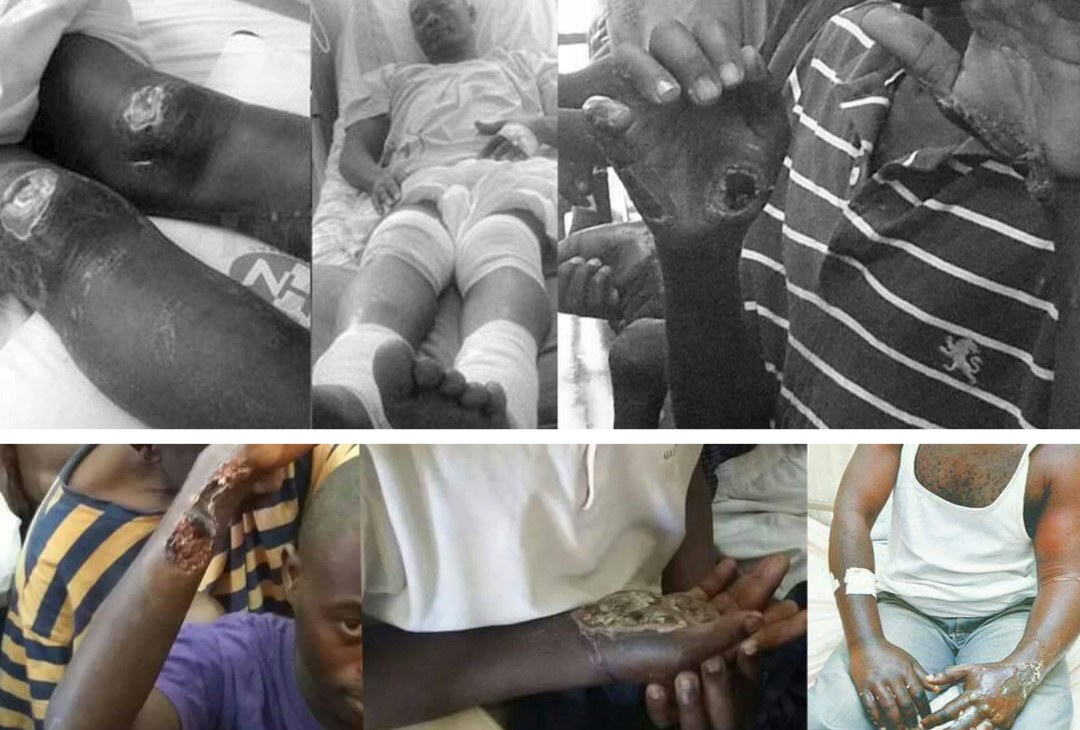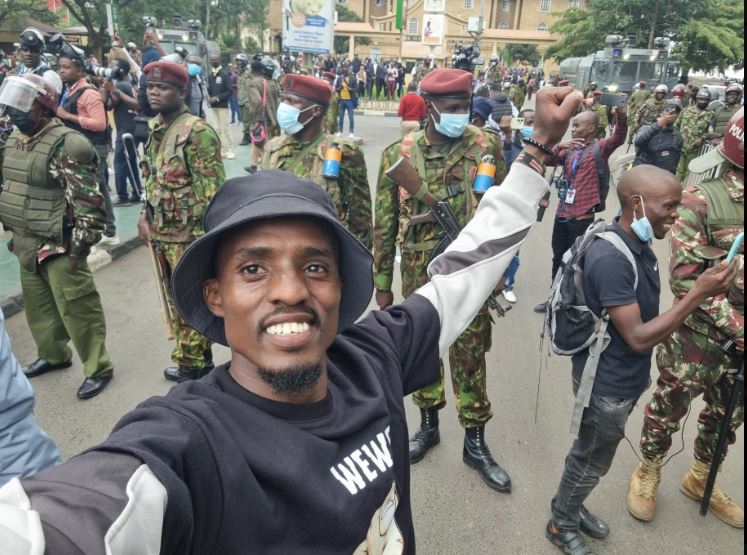Gory images from Uganda’s torture chambers have gripped the nation. Many are still struggling to fathom why cold-blooded torturers would descend on human beings and unleash such untold horror on them.
In response, President Museveni penned a tepid open missive advising police and other law enforcement agencies to cease the use of torture. He accurately recounted three key reasons why that should stop.
Worryingly, he stopped short of ordering for an independent investigation and arrest of perpetrators to promote accountability for acts of torture.
Whereas the public call is welcome, it has to be stated that advice – even from the President – is subordinate to the command of the law. The law on torture is clear – it is a non-derogable right under the 1995 Constitution (Article 44). The Prevention and Prohibition of Torture Act of 2012 further generously instructs on how the law should respond in such circumstances.
Parliament on the other hand, with all its powers – at least on paper – searched its arsenal and resolved to have the spineless human rights committee visit Nalufenya police station – a station notorious for torture – to inform their action.
Now, here is the problem; torture is not within the walls of Nalufenya or any other facility – not even in a safe house. Torture does not reside in buildings. It’s found in the savage acts of a person against another. Torture is a practice that resides in policy and or practice.
Anyone who has followed the history of torture in Uganda will know that the use of torture to extract information and confessions is nothing new.
In March 2004, Human Rights Watch published a report titled ‘State of Pain: Torture in Uganda.’ In 2009, the organisation further published yet another report titled ‘Open Secret: Illegal detention and torture by the joint Anti-Terrorism Task Force in Uganda.’ These two reports reveal disturbing in-depth accounts of torture by law enforcement agencies in Uganda including acts of stabbing, genital mutilation and water-feeding.
Despite of these research findings, apart from names, nothing much changed. There has been no accountability for the crimes.
In 2011, Human Rights Watch interviewed over 100 individuals for a report titled ‘Violence instead of Vigilance: Torture and illegal detention in Uganda’s rapid response unit.’ In it, the rights watchdog narrates how illegal methods – including torture – are extensively used to conduct investigations and extract information. Forms of torture include beatings with metals, glass bottles and in some instances, pins were inserted under the detainees fingernails.
The Uganda Human Rights Commission, the African Centre for Treatment and Rehabilitation of Torture Victims in Uganda and other organisations have documented these acts of torture over time.
Expectedly, the harrowing tales have attracted public outrage, like we witness today. But that’s just about it.
When the ad hoc security outfit code named Operation Wembley was implicated in torture scandals, its name was changed to Violent Crime Crack Unit (VCCU) and later to Rapid Response Unit (RRU). Names, PR …
10 years later, we are talking about Nalufenya, a detention facility largely managed by Flying Squad officers, as the notorious torture chamber.
In a letter to the Uganda Human Rights Commission (UHRC) seen by yours truly, Counsel Ladislaus Rwakafuuzi vividly describes how suspects in Nalufenya and other various detention facilities have been subjected to torture in form of burns with use of hot flat irons, use of pliers to pull out teeth, pouring of red pepper into the nose, mouth and anus of detainees, suffocation using polythene bags among other brutal acts.
It’s obvious that we cannot keep doing the same things and expect different results. If we are to end torture, we have to listen to survivors and take action against perpetrators.
In addition to independent investigations and criminal prosecutions, we need to facilitate unhindered access of suspects by lawyers, human rights defenders and doctors.
Mere sound bites, inspection of buildings, talking to suspects in hindered spaces will only result in failure to bring torturers and their masters to book. This sends a message that acts of torture are condoned.



